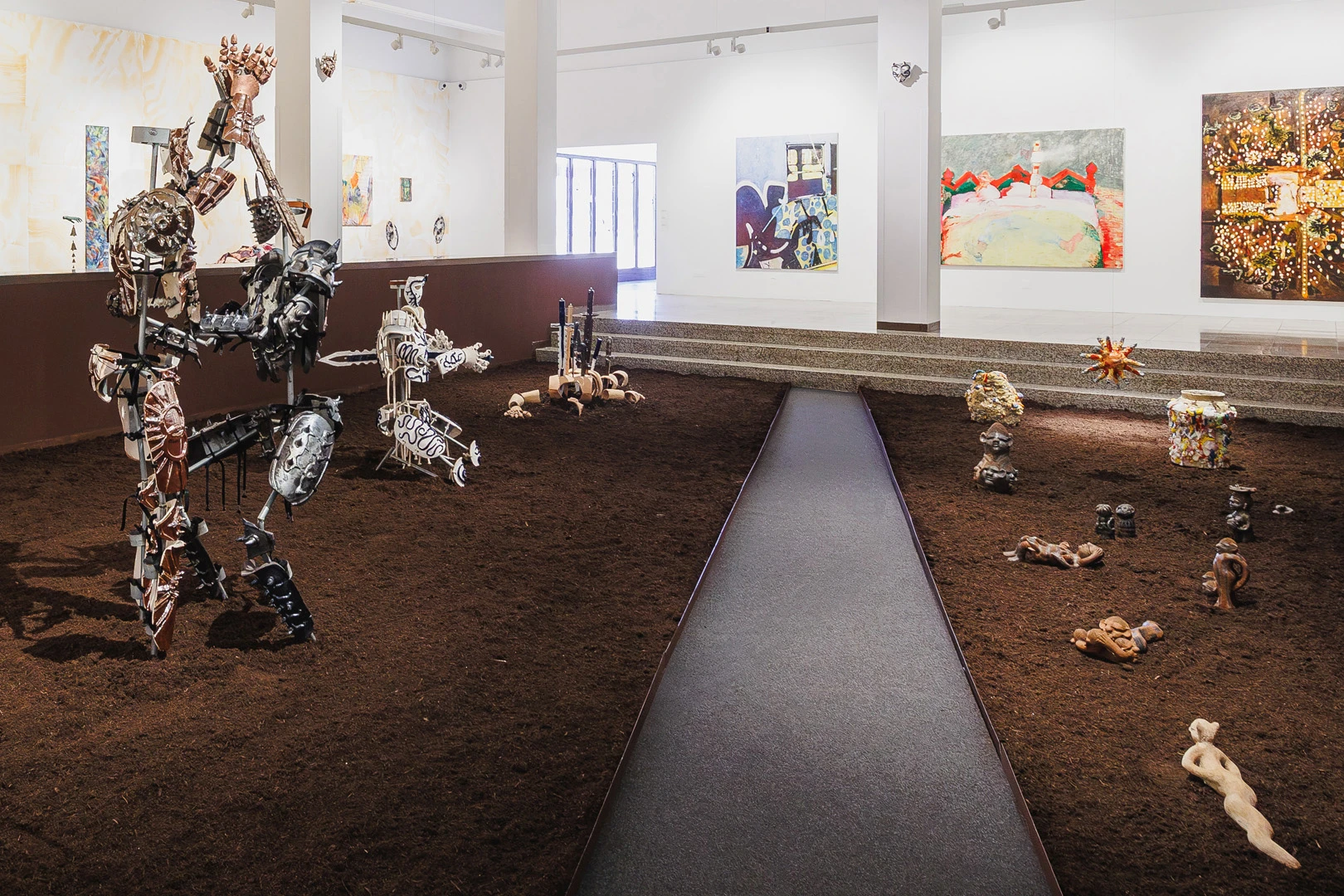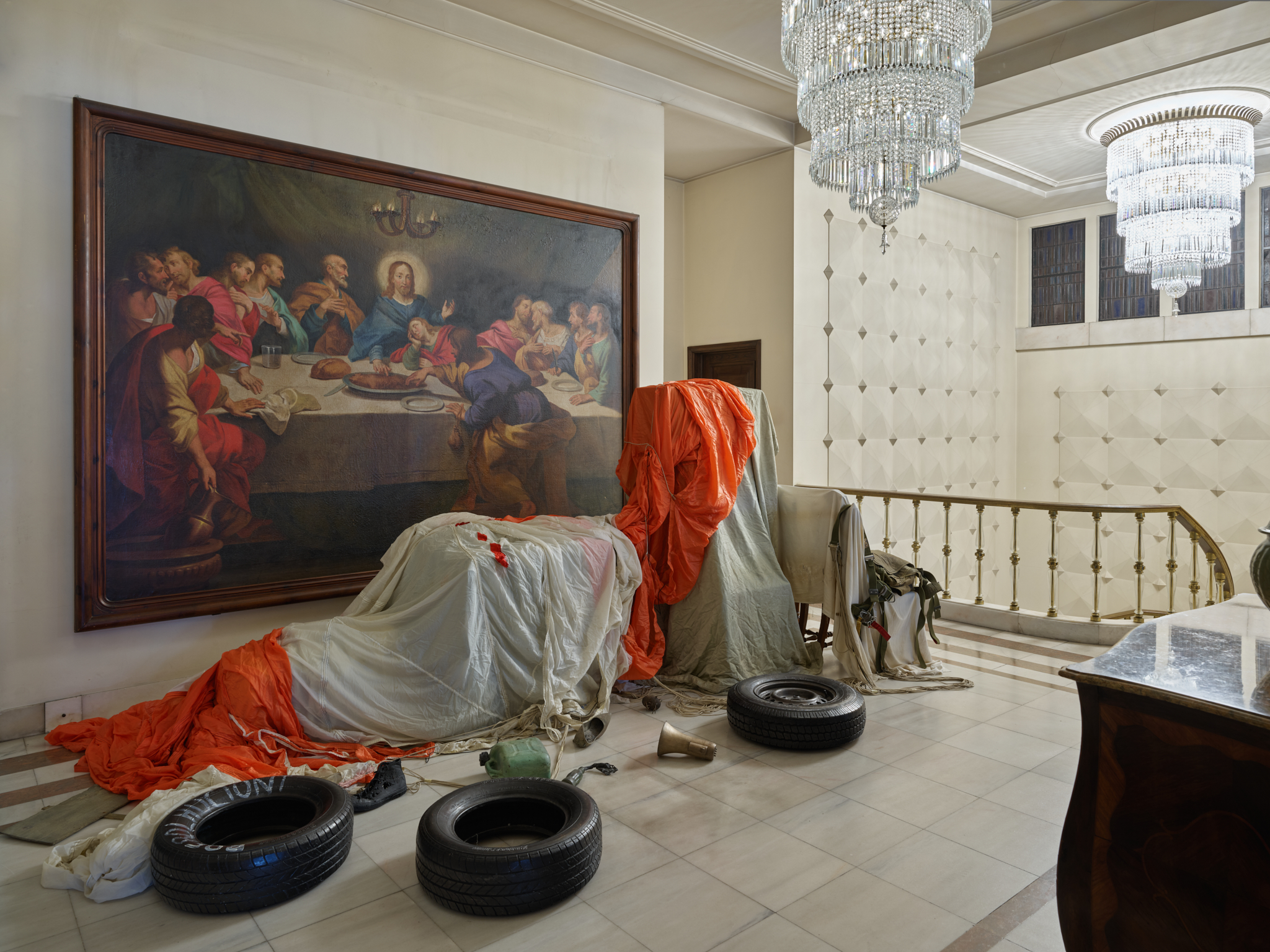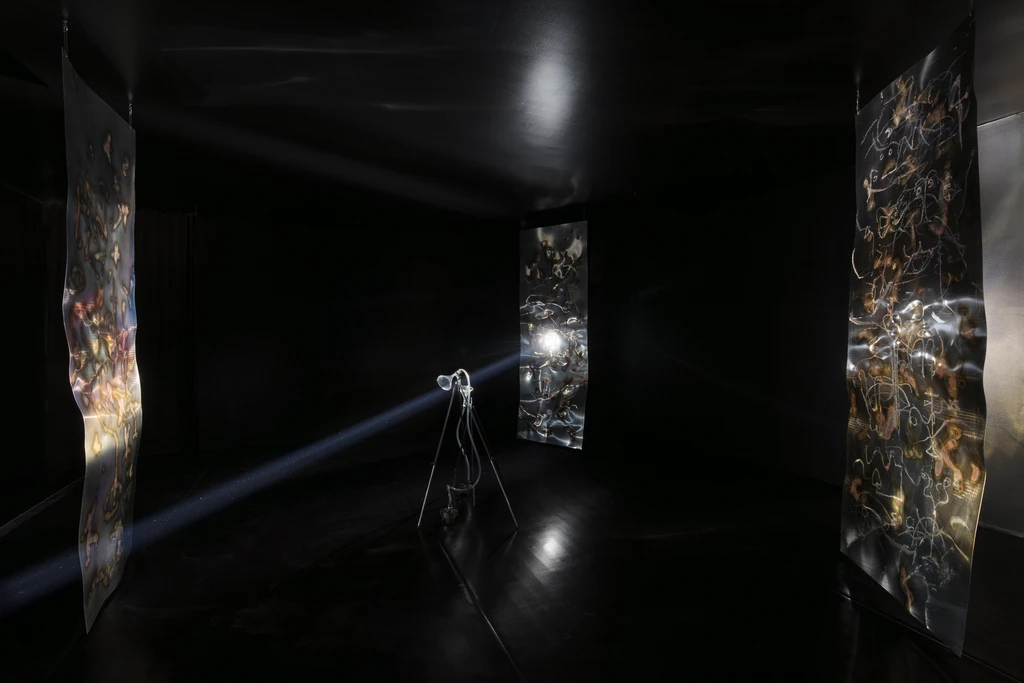article
After Smoke and Mirrors, at Centro de Arte Oliva
"The non-conformity of human experience with the conditions of the present world captures a turbulent incompatibility of our moment: the condition of planetarity. (...) The planetarium has not yet been adequately spatialized, which means that it is a non-situated concept, without an operational interaction site. The planetarium hasn't been globalized yet.”1
“Like a game of smoke and mirrors” is how Michael Taussig, appropriating Alexandria Ocasio-Cortez, describes the illusionism inherent in the media discourse and related policies around climate change. Focusing on a combination of mimetics (mirrors) and a mysterious and irritating smoke, in his words, he proposes to counter this movement with an equally mysterious and mimetic game: "When nature counterattacks, re-enchanted, each day stranger, in such a way that the expansion of the mimetic faculty begins to include what I call the domain of the non-domain and, with it, the possibility of mutuality instead of the colonization of nature and ourselves."2 As a movement of re-enchantment, it is along this guideline that the exhibition After Smoke and Mirrors, curated by Sara Castelo Branco at the Oliva Art Center, directly quoting Taussig's thinking, frames varied artistic proposals to suggest alternative ways of seeing as possible worlds and new ecologies.
Starting the journey in a very literal way, Judy Chicago's video piece Women and Smoke focuses precisely on the idea of smoke as an enhancer of a revolutionary and feminist movement in a given space, where performers interact with it in a non-Starting the journey in a very literal way, the video piece Women and Smoke by Judy Chicago focuses precisely on the idea of smoke as a catalyst for a revolutionary and feminist movement in a given space, where performers interact with it in a non-interventional way. If in the author's metaphor smoke represents diffuse intervention, in the artist's work we see a constant play of color, texture, and dialogue between performers and space mediated by smoke as a mobilizer of a nonviolent interaction. It will be precisely after this game of smoke that we will find a series of mythological clippings where the ability to rewrite the world we have created will have to focus on the ecological destruction that we are promoting. Now, if the game is one of smoke, it is also one of the mirrors, and for Taussig, this element denotes the importance that he attaches to mimesis (representation) as a form of control and, at the same time, a response mechanism. In this sense, it becomes notorious that not only Judy Chicago's work, but most of the artistic interventions presented here are video works, the representation mechanism par excellence. If the concept of world-building becomes increasingly relevant in its denotation of the constructive nature of the meaning we attribute to reality, it also underlines the extreme ontological relativization of these perceptual filters that allow their constructive plasticity. In other words, there is no world, but constantly constructed worlds, or as Nelson Goodman puts it, “for many purposes, descriptions, pictorial representations and correct perceptions of the world, the ways-as-the-world-is, or simply versions, can be treated as our worlds.”3 It is this freedom and constructive plasticity that allows us to look at the world of the other to rewrite the world of the self according to pragmatic and concrete needs. Thinking and artistic creation thus acquire, in parallel equivalence, the speculative character that allows them to work on possibility, based on a system of representation different from that of the self, but interacting, for example, through video and mimetic construction, directly with the present.
In this sense, we find, for example, the play Liquid Transfers by Diana Policarpo, where the representation usually centered on the human subject is shifted to the plant world traditionally seen as a natural resource. The other video works by Jane Jin Kaisen, Laura Huertas Millán, Riar Rizaldi, Saodat Ismailova, and Abtin Sarabi also show how this tool precisely underpins the ability to show the unseen, to reconstruct the epistemological grid of the world. Whether through the representation of ceremonies and rituals or the direct construction of alternative forms of perception, the representational character of video work emerges as a defining resource of the constructive potential of a world for a subject: "the counterfactual modeling of the trinity - including aesthetic vehicles that instigate reconfigured frames of experience - serve as organs for the construction of worlds. Although not yet fully actualized as a concrete world, the vantage points (positions) created through the counterfactual modeling activity build useful mental scenarios through which worlds can be compared."4 Given the clear limitations of the aesthetic exercise as a non-updated speculative experience, the ability to present counterfactual constructions allows the constant challenge of current norms. The ecological disaster and the confrontation between the human being and their finitude thus require a radical restructuring of the world and artistic production, which, in its certain speculative restriction, shapes itself as an important ‘construction site for possible worlds’. In this sense, in addition to the importance already attached to video, the very modeling of spaces and devices allows the projection of a world that is directed towards its construction. Examples include the pieces Sonic Materials, by Andrea Santana, and Smoky Mountains, by Hugo de Almeida Pinho, where the former shapes the device and sound production as an aesthetic exercise and the latter, returning the element of smoke that opens and names the exhibition, triggers its creation through a technological mechanism de-centered from the human. The ecological disaster and the need to think of the planet as a totality drive the narrative of the entire exhibition in search of new epistemologies. The question that remains, then, rests on what we can see or take from the other worlds for the better world we want to build.
The exhibition is open until June 15.
1 Reed, P. & Bawa-Cavia, A. (2020) Site as Procedure as Interaction. In Construction Site for Possible Worlds, p. 85. Free Translation
2 Taussig, M. (2020) Mastery of Non-Mastery in the Age of Meltdown, p. 3. Free translation
3 Goodman, N. (1995). Ways of Making Worlds, p. 41
44 Reed, P. & Bawa-Cavia, A. (2020) Site as Procedure as Interaction. In Construction Site for Possible Worlds, p. 87. Free Translation
BIOGRAPHY
Mariana Machado (2000) was born in Porto and studied Cinema at Escola das Artes - Universidade Católica Portuguesa. She is currently studying for a Master's Degree in Digital and Sound Arts, also at Escola das Artes. She is an artist and researcher, interested above all in manifestations that articulate the moving image in a context between cinema and contemporary art, as well as the artistic potential of new technologies and their articulations with other materialities.
ADVERTISING
Previous
article
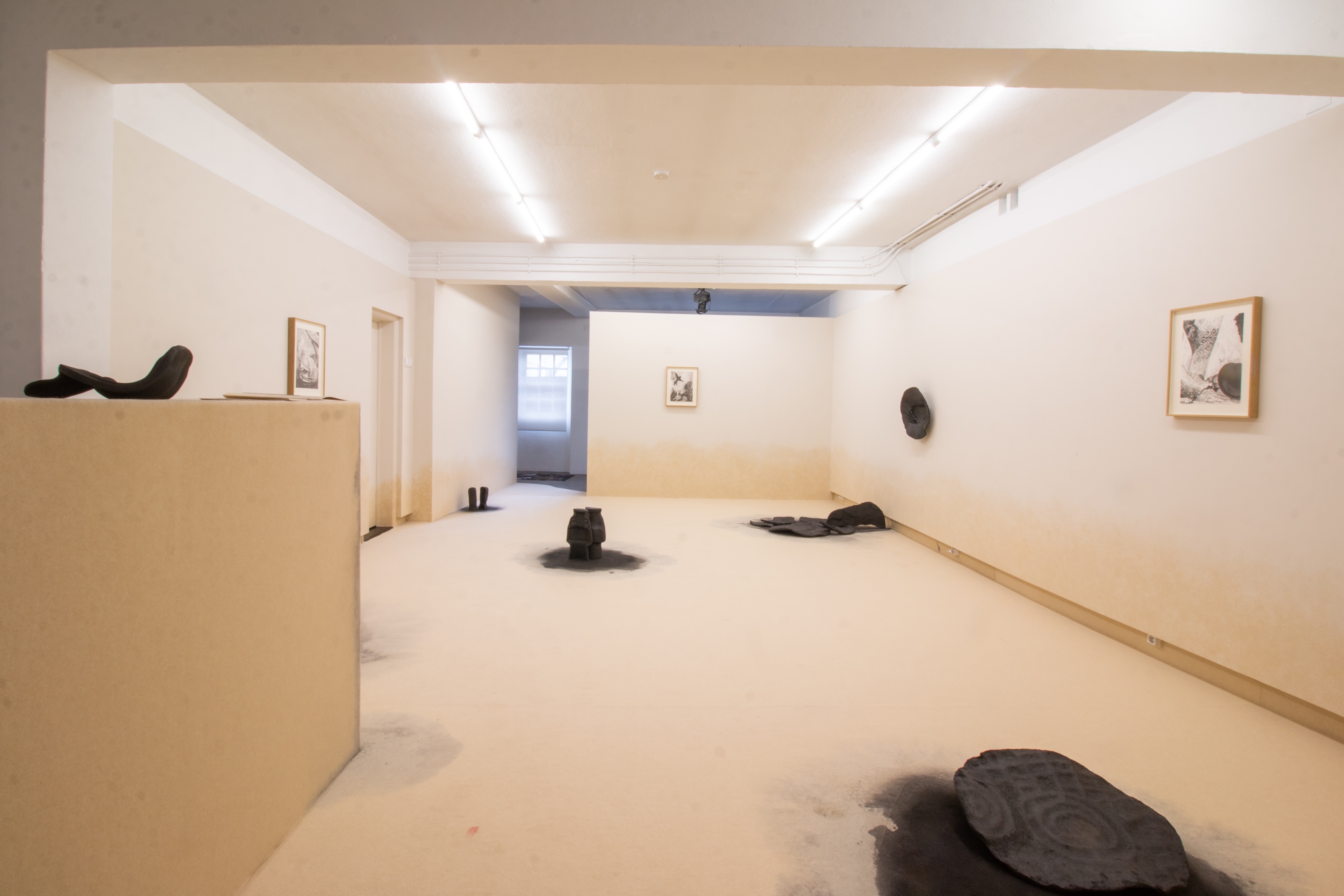
30 May 2025
UMBRA, by Hugo Canoilas
By Mafalda Teixeira
Next
article
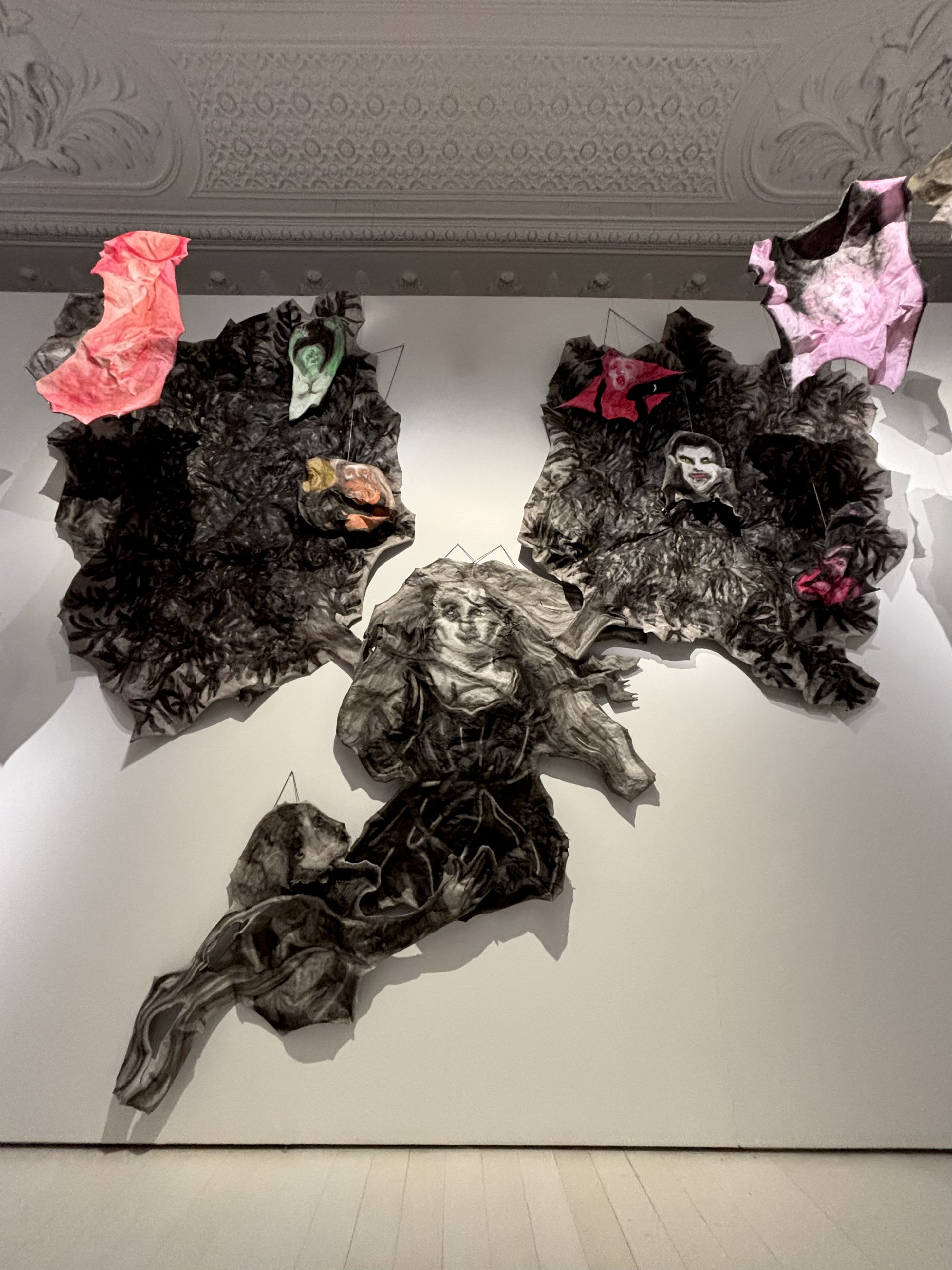
03 Jun 2025
Aldebaran Caída Por Terra, by Adriana Molder
By Laurinda Branquinho
Related Posts
